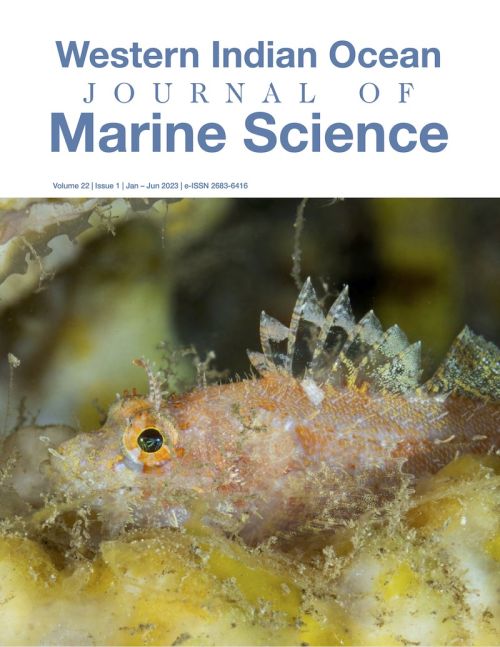Main Article Content
Establishing historical benthic cover levels for coral reefs of the Western Indian Ocean
Abstract
Data on coral reef health prior to large-scale disturbances are unavailable in most parts of the world including the Western Indian Ocean (WIO). Robust coral reef health baselines could improve the understanding of changes occurring to reefs in the 21st century and prevent the “shifting baseline” phenomenon, enabling researchers and managers to evaluate the success of management measures, and set achievable targets for new interventions. To make this data accessible to the WIO coral reef community, a literature review was conducted to identify and compile data collected prior to 2008 for two principal measures of reef health; hard coral and fleshy algae cover. Baseline hard coral and algae cover levels were calculated using data from selected sites that were known to be in healthy condition prior to (or just after) the 1998 bleaching event. Mayotte had the highest mean hard coral cover with 80.9 % (95 % bootstrap confidence interval (95 % CI) =65.8-95.9 %), followed by Comoros with 62.1 % (95 % CI=53.2-78.8 %) and Madagascar with 55.6 % (95 % CI=49.8-62.5 %). Mean fleshy algae cover varied from 8.4 % in Mayotte (95 % CI=2.4-17.4 %) to 35.4 % in Mozambique (95 % CI=20.6-50.8 %). At a regional scale, mean baseline hard coral cover is estimated to be between 41 and 47 %; reefs were in a coral-dominant state, with more than double the amount of coral compared to algae.







